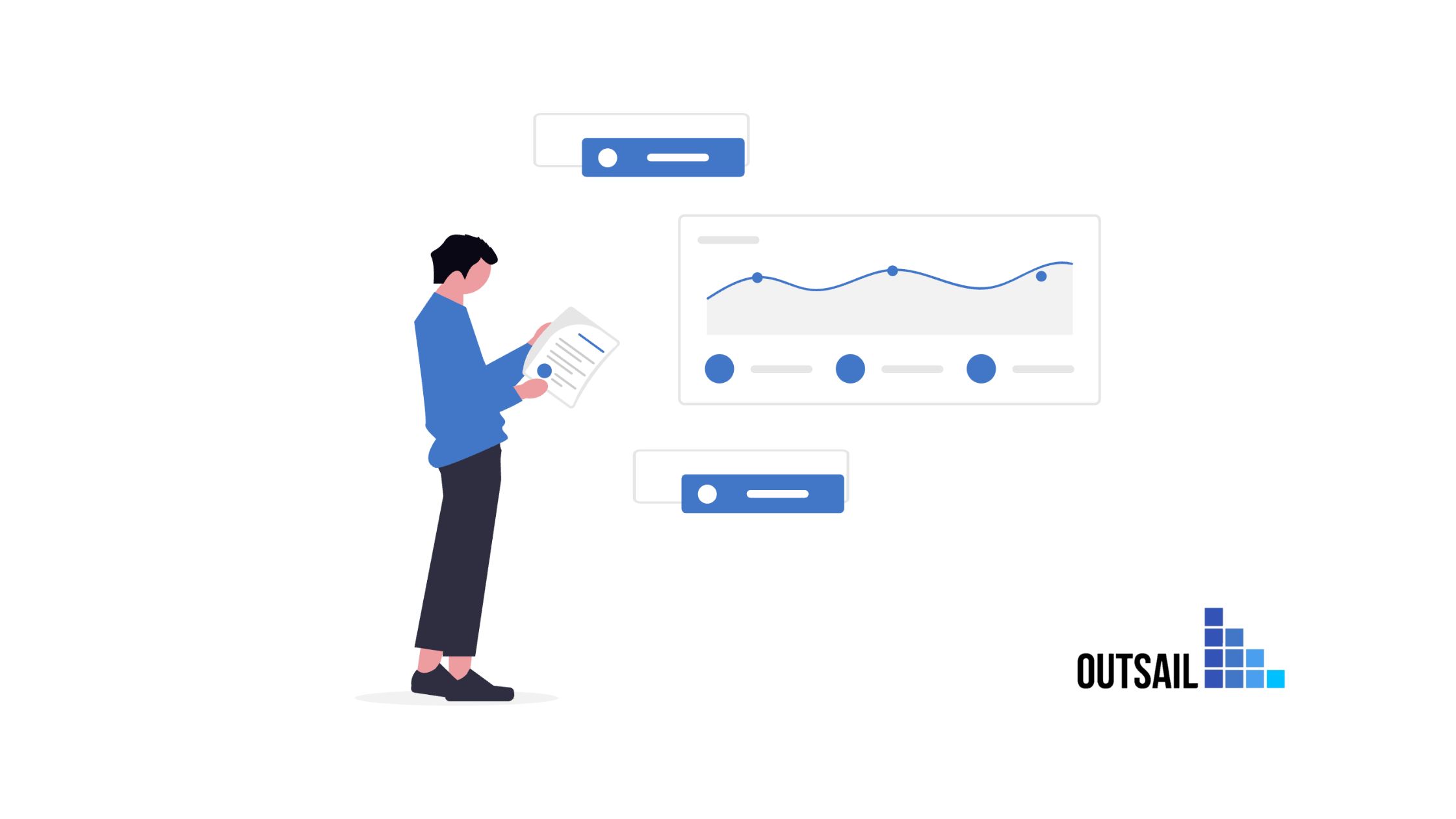HR tech vendor mergers can impact your HRIS. Learn how to assess risks, protect your investment, and turn consolidation into a strategic advantage for your organization.

The HR technology landscape is experiencing unprecedented consolidation. In the past five years alone, we've witnessed major acquisitions reshape the market—from Workday's acquisition of Adaptive Insights to Microsoft's purchase of LinkedIn, and countless smaller deals that have transformed the vendor ecosystem. For HR leaders and technology buyers, these mergers and acquisitions present both opportunities and challenges that demand careful navigation.
When your HR software vendor announces a merger or acquisition, it's natural to feel uncertain. Will your product roadmap change? What happens to customer support? Are your systems and data safe? These concerns are valid, and understanding how to evaluate and respond to vendor consolidation is crucial for maintaining stable, effective HR operations.
Don't get caught off guard by vendor consolidation. OutSail analyzes vendor financial health and M&A risk as part of our comprehensive evaluation process. Get Vendor Stability Insights
The HR technology market has matured significantly, driving increased M&A activity as vendors expand capabilities, enter new markets, or achieve economies of scale. Private equity firms show particular interest in the space, recognizing steady revenue streams and growth potential.
Market maturation drives much of this activity. As HR tech evolved from point solutions to comprehensive platforms, vendors acquire complementary technologies to build complete offerings. This platform consolidation means fewer vendors offering more integrated solutions. Large enterprise vendors acquire innovative startups to stay competitive, while mid-market players merge to achieve scale. The rapid advancement of AI and automation creates pressure to either develop or acquire these capabilities quickly—and acquisition often proves faster than building from scratch.
Economic factors also play a role. Market conditions, interest rates, and investment trends influence M&A activity. Recent years have seen both strategic acquisitions and financially-driven consolidation as investors seek returns in the growing HR tech sector.
When vendor consolidation occurs, the impact varies based on several factors. Your immediate concerns likely center on product continuity—will your solution continue receiving support and development? Most vendors maintain existing products during transition periods, but long-term plans often involve migration to unified platforms.
The announcement of a merger or acquisition often triggers immediate questions about continuity and stability. Your first concerns likely center on:
Beyond immediate concerns, vendor consolidation carries longer-term implications for your HR technology strategy:
While vendor M&A activity creates uncertainty, it also presents opportunities for savvy buyers who understand how to leverage the changing landscape.
Consolidation often results in more comprehensive solutions. When vendors with complementary strengths combine, customers may gain access to:
The financial implications of vendor consolidation aren't always negative. Potential benefits include:
Forward-thinking organizations can turn vendor consolidation into strategic advantages:
Successfully managing vendor M&A requires proactive risk management. Stay informed about your vendor's situation through regular communication about strategic direction and product roadmaps. Monitor industry news, analyst reports, and peer experiences to understand broader consolidation trends. Keep tabs on vendors' financial stability and ownership structures to anticipate potential changes.
Review and strengthen contractual provisions to protect your interests:
Develop contingency plans before you need them by maintaining awareness of alternative solutions, documenting system dependencies and data structures, and building flexibility into technology budgets for unexpected changes.
When your vendor announces a merger or acquisition, asking the right questions helps you understand the implications and plan accordingly. Here are essential questions organized by topic:
Armed with information about vendor consolidation impacts, you need a framework for strategic decisions about your HR technology portfolio. Assess how potential changes align with your HR strategy and business objectives—minor inconveniences might be acceptable, but fundamental misalignment requires action.
Consider your organization's appetite for technology risk, as some companies weather transitions better based on resources and flexibility. Factor in implementation timelines, contract terms, and strategic planning cycles. Look beyond license fees to implementation, integration, training, and potential migration costs.
Based on evaluation, you have several options. If consolidation appears beneficial or neutral, maintaining your current path might be optimal. Use transition periods to negotiate better terms or expanded capabilities. If you were already considering alternatives, consolidation might provide the impetus to move forward. For unclear situations, careful monitoring while preparing contingencies might be appropriate.
The HR technology market will continue to evolve, making it essential to stay informed and prepared for future consolidation.
Develop systematic approaches to market monitoring:
Build capabilities that help you adapt to vendor changes:
Vendor consolidation is an inevitable part of today’s HR technology landscape, but it doesn’t have to disrupt your transformation goals. Understanding the drivers behind mergers and acquisitions and preparing accordingly enables organizations to navigate change with clarity and confidence.
Rather than seeing consolidation purely as a risk, it’s important to recognize the potential benefits—stronger vendor offerings, more integrated solutions, and opportunities to streamline your tech stack. Proactive evaluation and strategic flexibility are key to turning market shifts into advantages.
Stay ahead by monitoring industry trends, fostering strong vendor relationships, and building contingency plans. Leverage insights from advisory firms and peers to make informed decisions that support your long-term strategy. With the right mindset and preparation, you can transform disruption into a strategic opportunity.
Don't get caught off guard by vendor consolidation. OutSail analyzes vendor financial health and M&A risk as part of our comprehensive evaluation process. Get Vendor Stability Insights
